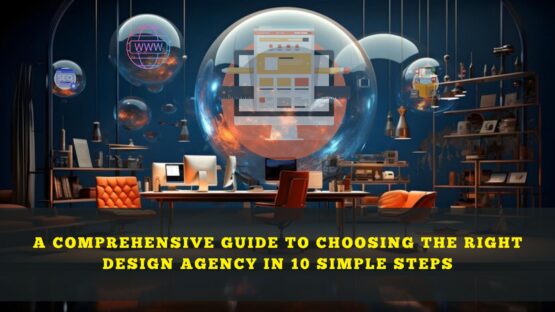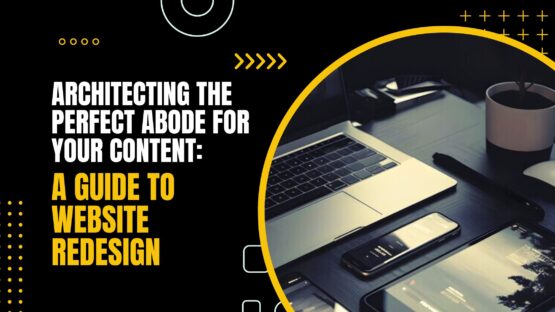Planning the design of your website? You need to be extremely prudent when you are planning the design. And remember, you have to keep an eye on a lot of things. From colors to fonts, from logo to the images that you use on the website – everything needs to be perfect. Only then you can expect to attract the attention of your target audience. But apart from the use of these things, there is also another web page component, which you can use. It is the negative space.
What is a Negative Space?
This is a common question that might strike you as soon as the word is mentioned. Negative space is the space, which is present on a web page. It is the space, which is not covered by the content –neither text nor the images or videos. Although it is mostly referred to as the white space, but the negative space does not need to be always white. There are several websites, which have completely solid color. The text and the images used there are also in contrasting colors. So, the negative space in those websites are sure to be in solid colors as well.
A perfect example of the use of the negative space is the following design from the website Happy Catfish.
It brings into account the pictures of both a cat and a fish. While black is used to create the fish, the image of the cat is created by using the negative space. Or one of the most amazing use of negative space can be found in the FedEx logo, where the white space shows an arrow.
Moreover, the Google Homepage is also known to use negative space perfectly to ensure that the maximum focus is on the component of the page. Similarly, negative spaces can be used as a design element to create optical illusions as well.
These clearly indicate that the negative spaces play a major role in impacting the design of the website. And it can be used in the perfect manner to make the website more attractive too.
Negative space can be of two types:
- Macro negative space
- Micro negative space
Macro Negative Space
It refers to the space, which is left between the major elements of the design of your web page, such as the header and the footer, sidebar and others. A number of designers tend to clutter the header, as most people look at it first. But that only makes the header less attractive. So, it is important to create minimal headers and use the negative space there to attract the attention of the viewers.
Micro Negative Space
It is the negative space between similar elements, such as the spaces in typography and others. You need to make full use of these negative spaces as well. Besides, you also have the micro negative space, which also plays an important role in web design.
Besides, the negative spaces in the web design can also be active or passive, depending on the way you are using it.
So, how can you use the negative space in various ways in your web design?
- To Stimulate Imagination
It is extremely important to ensure that the web design is such that people read something more than what’s given on the page. You need to have the blank space; which you can plan to use just the way you want – at least in your imagination. This also has another impact. It makes the viewers interested in your webpage to a great extent. A similar thing is performed by the simplistic web design formats as well.
- Impacting the Composition
In addition to helping imagination, the negative space of web design surely has the most important impact on the composition of a web page. It helps to make the page visually attractive.
If there is a lack of negative space in your webpage, it won’t look good. In fact, most of the components of the page will appear to be cluttered and crowded. So, the viewers will find it difficult to read the text or make some meaning out of the web page. So, it is important to leave that negative space to ensure that the things that you put on the web page has maximum impact on the viewers. And they find it aesthetic too.
When you are using negative space in your web design, it is important that you blend it with the positive or the components of web design on the page. It will help you bring out something interesting from the space, which would otherwise have been ignored by the visitors to your website. However, if you are able to use the negative space in a perfect manner, it can turn out to be the most interesting part of your website. And it also has the power to add a cutting edge to your web page design.
Finally, to wrap it up
Websites would have a host of different elements. If you would like to make these elements live in harmony and attract your visitor, you must have proper white space around them.
The amount of white space (along with its functionality) would depend a lot on your branding and the action you would want your user to take. You have the liberty of getting creative with whitespace, like by using color inversion or drawing with negative space.
No matter what approach you take, you must ensure that the white space is balanced – it does not have to be symmetrical though. We mean it should be balanced in such a way that the website elements exist on the page without competing with one another.
So, experiment with white space – add some more, take some out. The beauty is that there are no hard and fast rules. As long as it looks aesthetically appealing, you are free to do whatever you want with it.



